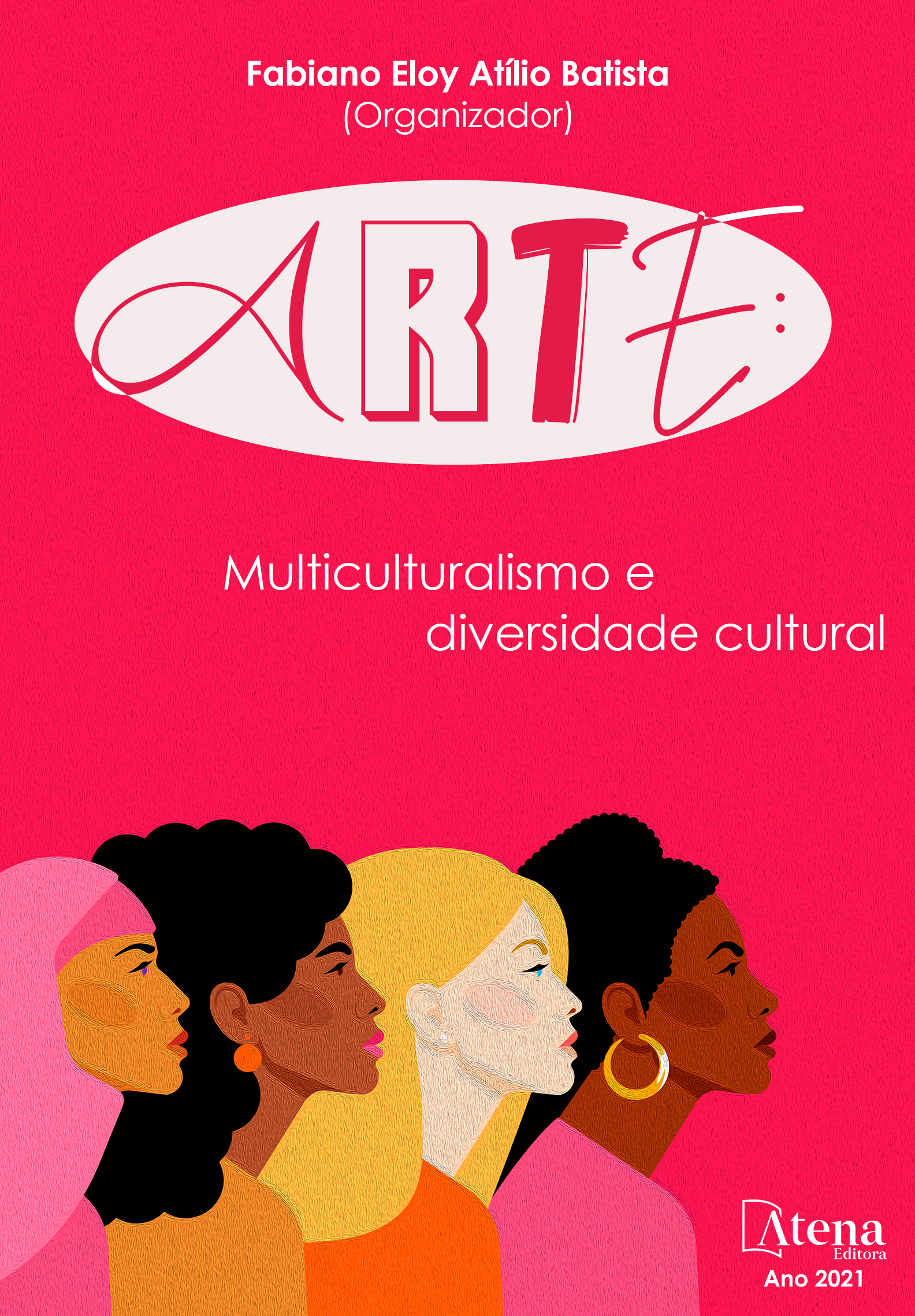
RELACIONES ENTRE CERÁMICA, ARQUITECTURA Y ESPACIO URBANO AZULEJOS COMO PARADIGMA
La identificación y apropiación de espacios públicos depende de factores íntimamente relacionados con el bienestar y la seguridad, estrechamente asociados con la legibilidad y seguridad emocional que proporcionan, por lo que deben ser tratados como estructuras que organizan el territorio, áreas continuidad y diferenciación, en sus diferentes dimensiones.
No siendo objetos de contemplación las fachadas se sienten igualmente, participan en la imagen de los lugares, constituyéndose como herramientas de mapeo, elementos que nos guían en el espacio urbano que deben ser pensados y valorados. El uso de la cerámica como la piel de la arquitectura es una tradición ancestral común a muchas culturas. Los revestimientos de azulejos, patrimonio reconocido por su carga cultural, social e histórica, difieren de la mayoría de los materiales de revestimiento: su valor funcional trasciende al de la piel protectora, sus cualidades perceptivas y plásticas los transforman en objetos de comunicación, repositorios de memorias que apelan a la emoción y al placer estético, contribuyendo a la construcción efectiva de urdiduras de relaciones fundadas en diferentes memorias visuales y afectivos.
Este artículo reflexiona sobre la relación entre cerámica y arquitectura y sus implicaciones para el espacio urbano; sobre el potencial del producto secular que es el azulejo en la rehabilitación, preservación y diseño del paisaje cultural, no solo en términos de sus características físicas y visuales, sino también como vehículo de expresión cultural popular y erudita; y de la importancia de conferirles significado (de tiempo, uso y lugar) para la calidad vivencial de los espacios urbanos.
RELACIONES ENTRE CERÁMICA, ARQUITECTURA Y ESPACIO URBANO AZULEJOS COMO PARADIGMA
-
DOI: 10.22533/at.ed.32421041014
-
Palavras-chave: Azulejos, cerámica, paisaje urbano, patrimonio, identidad cultural
-
Keywords: Azulejos, ceramic, urban landscape, heritage, cultural identity
-
Abstract:
The identification and appropriation of public spaces by citizens depends to a large extent on factors closely related to well-being and safety, closely linked with their readability and the emotional security they provide, reason why should be treated as structures that organise the territory, areas of continuity and differentiation, in its different dimensions. Not being objects of contemplation, the façades are equally perceived, actively participating in places’ image, becoming themselves mapping tools, features that guide us in the urban space that must be thought and regarded.
The use of ceramics as the epidermis of architecture is an ancient tradition common to many cultures. Azulejo’s claddings, a heritage recognised for its cultural, social and historical significance, differ from most covering materials: its functional value transcends that of protective skin, its perceptual and plastic qualities transform them into objects of communication, repositories of memories, engaging emotions and aesthetic pleasure, and at the same time contributing to the effective construction of webs of interrelationships built on different visual and emotional memories of places.
This paper reflects on the appreciation of the relationship between ceramics and architecture and its implications in the urban space; about the potential of the secular product, which are azulejos in the regeneration, preservation and design of urban cultural landscapes, not only concerning its physical and visual characteristics, but also as a vehicle for popular and erudite cultural expression; as well as the importance of giving them meaning (of time, use and place) for the living quality of urban spaces.
-
Número de páginas: 26
- Carla Lobo


